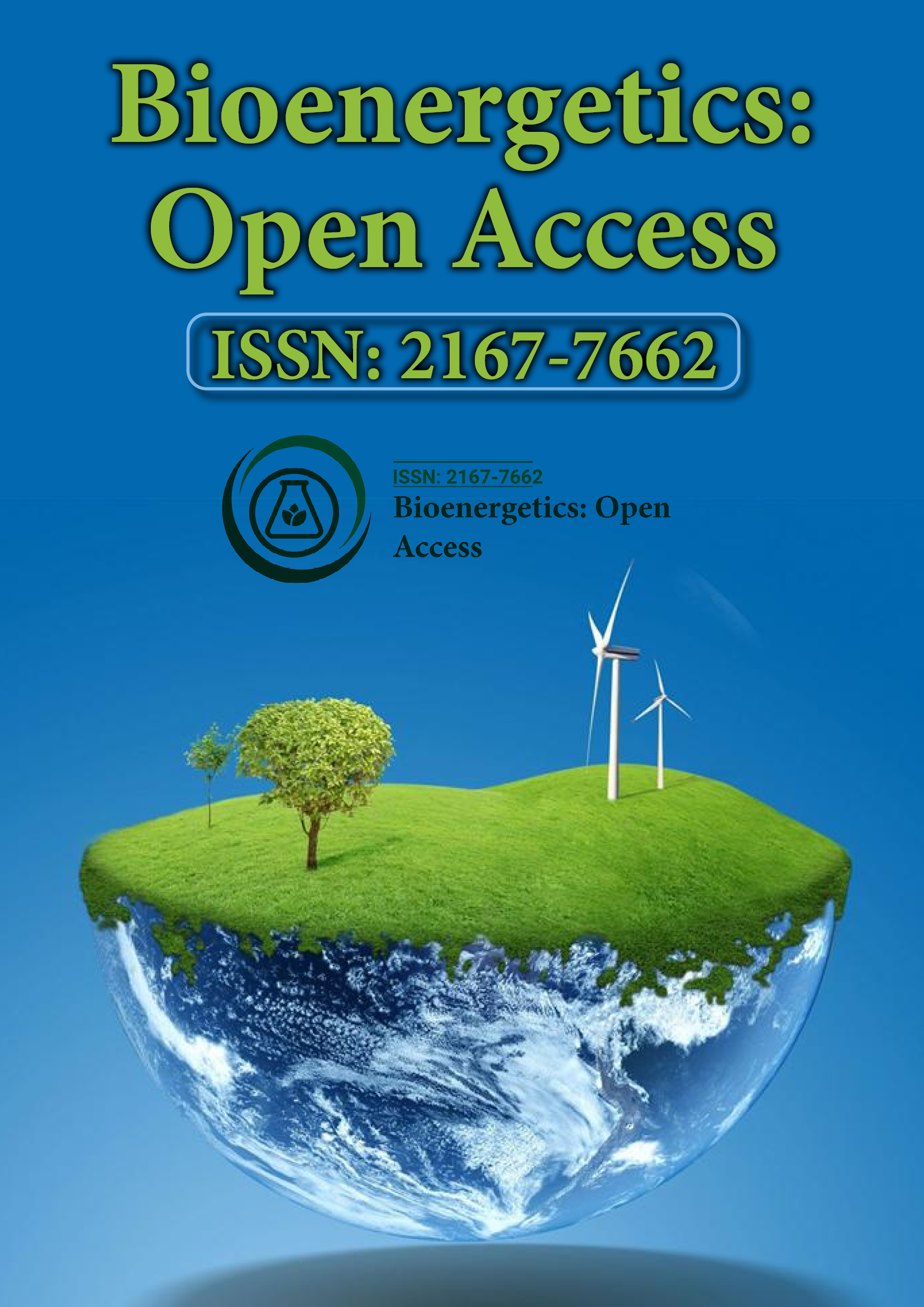Indexed In
- Open J Gate
- Genamics JournalSeek
- Academic Keys
- ResearchBible
- RefSeek
- Directory of Research Journal Indexing (DRJI)
- Hamdard University
- EBSCO A-Z
- OCLC- WorldCat
- Scholarsteer
- Publons
- Euro Pub
- Google Scholar
Useful Links
Share This Page
Journal Flyer

Open Access Journals
- Agri and Aquaculture
- Biochemistry
- Bioinformatics & Systems Biology
- Business & Management
- Chemistry
- Clinical Sciences
- Engineering
- Food & Nutrition
- General Science
- Genetics & Molecular Biology
- Immunology & Microbiology
- Medical Sciences
- Neuroscience & Psychology
- Nursing & Health Care
- Pharmaceutical Sciences
Opinion Article - (2023) Volume 11, Issue 5
The Role of SGLT in Glucose Absorption and Renal Reabsorption
Mande Li*Received: 18-Aug-2023, Manuscript No. BEG-23-23272; Editor assigned: 21-Aug-2023, Pre QC No. BEG-23-23272 (PQ); Reviewed: 06-Sep-2023, QC No. BEG-23-23272; Revised: 13-Sep-2023, Manuscript No. BEG-23-23272 (R); Published: 21-Sep-2023, DOI: 10.35248/2167-7662.23.11.234
Description
Sodium-dependent glucose co-transport, often abbreviated as SGLT, is a vital biological process that plays a crucial role in maintaining glucose homeostasis in the human body. This mechanism is responsible for the absorption of glucose from the intestines and reabsorption of glucose from the renal tubules in the kidneys. Understanding how SGLT functions and its significance in glucose regulation is essential for appreciating the complexities of human physiology and its relevance to health and disease.
The basics of SGLT
SGLT is a family of membrane transport proteins found primarily in the small intestine and the renal tubules of the kidneys. These proteins are responsible for the active transport of glucose against its concentration gradient across the cell membrane. The most well-known members of this family are SGLT1 and SGLT2.
SGLT1: This transporter is predominantly found in the epithelial cells lining the small intestine. SGLT1 facilitates the absorption of glucose from the lumen of the small intestine into the enterocytes, where it can then enter the bloodstream. This process is essential for providing the body with a constant supply of glucose, which serves as a primary source of energy.
SGLT2: In contrast, SGLT2 is primarily located in the proximal convoluted tubules of the kidneys. Its primary role is to reabsorb glucose from the renal filtrate back into the bloodstream. This reabsorption process ensures that essential glucose molecules are not lost in the urine, helping to conserve energy and maintain glucose levels within a narrow range.
The mechanism of sodium-dependent glucose cotransport
SGLT proteins operate through a co-transport mechanism, which means that they transport both sodium ions (Na+) and glucose together. This process utilizes the energy generated by the sodium gradient maintained across the cell membrane. Here's a simplified step-by-step breakdown of how SGLT works:
Sodium binding: SGLT proteins have a high affinity for sodium ions. They bind to sodium ions on the extracellular side of the cell membrane.
Glucose binding: Simultaneously, glucose molecules in the extracellular fluid also bind to SGLT proteins.
Co-Transport: When sodium and glucose molecules are both bound to SGLT, a conformational change occurs, allowing the protein to transport both sodium and glucose molecules across the cell membrane.
Release: On the intracellular side of the membrane, sodium is released into the cell, and glucose is released into the cytoplasm, making them available for various cellular processes or for reabsorption in the case of the renal tubules.
Clinical relevance of SGLT
The significance of SGLT becomes apparent when we consider its involvement in glucose homeostasis and its relevance in medical research and therapy:
Diabetes: Dysregulation of SGLT activity is closely associated with diabetes. In type 2 diabetes, there is an overexpression of SGLT2 in the renal tubules, leading to excessive glucose reabsorption and hyperglycemia. SGLT2 inhibitors, a class of drugs, have been developed to block SGLT2 and reduce blood glucose levels in diabetic patients.
Drug development: Understanding SGLT's molecular structure and function has led to the development of novel pharmaceutical agents that target this transporter. SGLT inhibitors are now widely used in the treatment of diabetes mellitus.
Research on glucose transport: SGLT has also paved the way for research into glucose transport mechanisms, helping scientists better understand how the body regulates glucose levels and how disturbances in this regulation can lead to various metabolic diseases.
Sodium-dependent glucose co-transport is a fundamental process in the human body that ensures the absorption of dietary glucose and the reabsorption of filtered glucose in the kidneys. It plays a pivotal role in maintaining glucose homeostasis and energy balance. The study of SGLT has not only deepened our understanding of basic physiological processes but has also led to significant advancements in the management of diabetes and metabolic disorders. As our knowledge of SGLT continues to expand, it potential to offer new insights and therapeutic opportunities in the field of medicine and human physiology.
Citation: Li M (2023) The Role of SGLT in Glucose Absorption and Renal Reabsorption. J Bio Energetics. 11:234.
Copyright: © 2023 Li M. This is an open-access article distributed under the terms of the Creative Commons Attribution License, which permits unrestricted use, distribution, and reproduction in any medium, provided the original author and source are credited.
